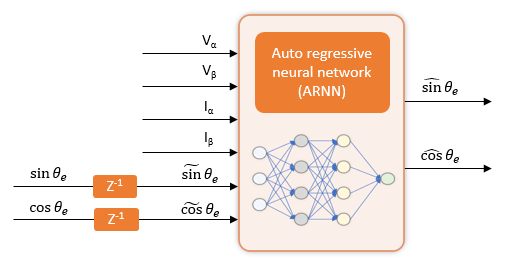端到端 AI 工作流
在端到端任务(包括定义需求、数据准备、深度神经训练、压缩、网络测试和验证、Simulink 集成以及部署)中使用深度学习
在端到端工作流(包括定义需求、数据准备、深度神经训练、压缩、网络测试和验证、Simulink 集成以及部署)中使用 Deep Learning Toolbox™。

主题
- 使用深度学习进行电池荷电状态估计
定义需求、准备数据、训练深度学习网络、验证稳健性、将网络集成到 Simulink 中以及部署模型。 (自 R2024b 起)
- 步骤 1: Define Requirements for Battery State of Charge Estimation
- 步骤 2: Prepare Data for Battery State of Charge Estimation Using Deep Learning
- 步骤 3: Train Deep Learning Network for Battery State of Charge Estimation
- 步骤 4: Compress Deep Learning Network for Battery State of Charge Estimation
- 步骤 5: Test Deep Learning Network for Battery State of Charge Estimation
- 步骤 6: Integrate AI Model into Simulink for Battery State of Charge Estimation
- 步骤 7: Generate Code for Battery State of Charge Estimation Using Deep Learning
- Train and Compress AI Model for Road Damage Detection
Train and compress a sequence classification network using pruning, projection, and quantization to meet a fixed memory requirement. (自 R2025a 起)
- 步骤 1: Train Sequence Classification Network for Road Damage Detection
- 步骤 2: Compress Sequence Classification Network for Road Damage Detection
- 步骤 3: Tune Compression Parameters for Sequence Classification Network for Road Damage Detection
- 步骤 4: Generate Simulink Model from Sequence Classification Network for Road Damage Detection
- Verify an Airborne Deep Learning System
This example shows how to verify a deep learning system for airborne applications and is based on the work in [5,6,7], which includes the development and verification activities required by DO-178C [1], ARP4754A [2], and prospective EASA and FAA guidelines [3,4]. (自 R2023b 起)
